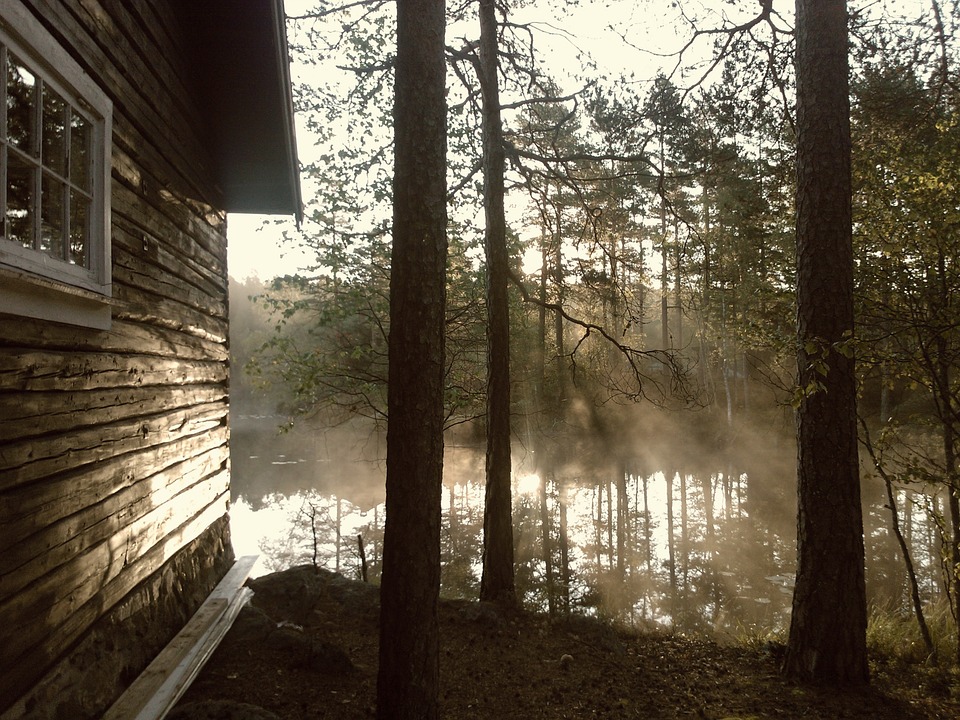
Thinking ahead to closing your cottage for the winter
 Don’t wait until flurries or wind-chill factors start popping up in the forecast to get serious about closing your cottage for the winter, by starting earlier you allow yourself more time to do a more thorough job so you can rest easy knowing your home-away-from-home is as safe and secure as possible over the winter months. If you have kids, you know all too well how hectic life can get once summer holidays are over and back to school time has come and gone. Between after-school activities and sports and weekend tournaments, it can become more difficult to get back to the cottage for many more visits before it’s time to close it up for winter. This is why you should consider prepping your cottage early so you’re not having to work away in the cold or snow to do something you could’ve done much easier in warmer temperatures. So what can you start chipping away at from the cottage closing to-do list now? Inspect or service your septic tank. Always be sure to follow the manufacturer’s recommended service schedule, and if due for an inspection call a professional to make sure your system is working properly to help avoid any issues in the spring. Inspect or service your sump pump. If your cottage has a sump pump be sure to have it in tip-top condition to help prevent flooding in the spring when the snow starts to melt. Inspect your roof and repair if necessary. If your cottage’s roof is looking a little rough or is missing some shingles from a summer windstorm, have it repaired before the snow falls. Snow buildup over the winter can cause roof leaks or even cave ins. This is even more important since roof leaks make up the majority of water-damage claims, and you could find yourself with a big mess to clean up in the spring if not dealt with before winter. Cut down trees or branches at risk of falling. Summer can deliver some powerful storms, especially if your cottage is located on or near water. The force of the wind can cause trees to sway and shift and branches to break, all creating a risk to your cottage if they are located close enough should they fall. If you have trees or large bushes close to your cottage, look it over in the fall and remove anything that looks like it could cause serious damage if it falls. Start clearing out the cupboards. Food left in your cottage over the winter can attract unwanted bugs and animals, so as you near the end of your cottage season try to use up the food you have in the cottage or begin bringing non-essential items home with you each time you leave the cottage. Make space for storage. If you have a shed or garage at your cottage used for your summer toys or vehicles, use the nicer weather to work through organizing and cleaning out space to ensure everything fits at the end of the season so you aren’t left scrambling to find space to bring items in when the cold and snow comes. While it may not be time to close your cottage entirely for the year, it is useful to think ahead and use the warmer weather and safer working conditions to tackle any projects you can ahead of your final trip to the cottage for the year. If you aren’t sure what requirements your insurance company may have regarding your seasonal property insurance policy, contact your broker to be sure your policy is followed to best protect your home-away-from-home.
Don’t wait until flurries or wind-chill factors start popping up in the forecast to get serious about closing your cottage for the winter, by starting earlier you allow yourself more time to do a more thorough job so you can rest easy knowing your home-away-from-home is as safe and secure as possible over the winter months. If you have kids, you know all too well how hectic life can get once summer holidays are over and back to school time has come and gone. Between after-school activities and sports and weekend tournaments, it can become more difficult to get back to the cottage for many more visits before it’s time to close it up for winter. This is why you should consider prepping your cottage early so you’re not having to work away in the cold or snow to do something you could’ve done much easier in warmer temperatures. So what can you start chipping away at from the cottage closing to-do list now? Inspect or service your septic tank. Always be sure to follow the manufacturer’s recommended service schedule, and if due for an inspection call a professional to make sure your system is working properly to help avoid any issues in the spring. Inspect or service your sump pump. If your cottage has a sump pump be sure to have it in tip-top condition to help prevent flooding in the spring when the snow starts to melt. Inspect your roof and repair if necessary. If your cottage’s roof is looking a little rough or is missing some shingles from a summer windstorm, have it repaired before the snow falls. Snow buildup over the winter can cause roof leaks or even cave ins. This is even more important since roof leaks make up the majority of water-damage claims, and you could find yourself with a big mess to clean up in the spring if not dealt with before winter. Cut down trees or branches at risk of falling. Summer can deliver some powerful storms, especially if your cottage is located on or near water. The force of the wind can cause trees to sway and shift and branches to break, all creating a risk to your cottage if they are located close enough should they fall. If you have trees or large bushes close to your cottage, look it over in the fall and remove anything that looks like it could cause serious damage if it falls. Start clearing out the cupboards. Food left in your cottage over the winter can attract unwanted bugs and animals, so as you near the end of your cottage season try to use up the food you have in the cottage or begin bringing non-essential items home with you each time you leave the cottage. Make space for storage. If you have a shed or garage at your cottage used for your summer toys or vehicles, use the nicer weather to work through organizing and cleaning out space to ensure everything fits at the end of the season so you aren’t left scrambling to find space to bring items in when the cold and snow comes. While it may not be time to close your cottage entirely for the year, it is useful to think ahead and use the warmer weather and safer working conditions to tackle any projects you can ahead of your final trip to the cottage for the year. If you aren’t sure what requirements your insurance company may have regarding your seasonal property insurance policy, contact your broker to be sure your policy is followed to best protect your home-away-from-home.

